Coffee raw bean honey treatment what is coffee honey treatment? Drying process of coffee beans treated with honey
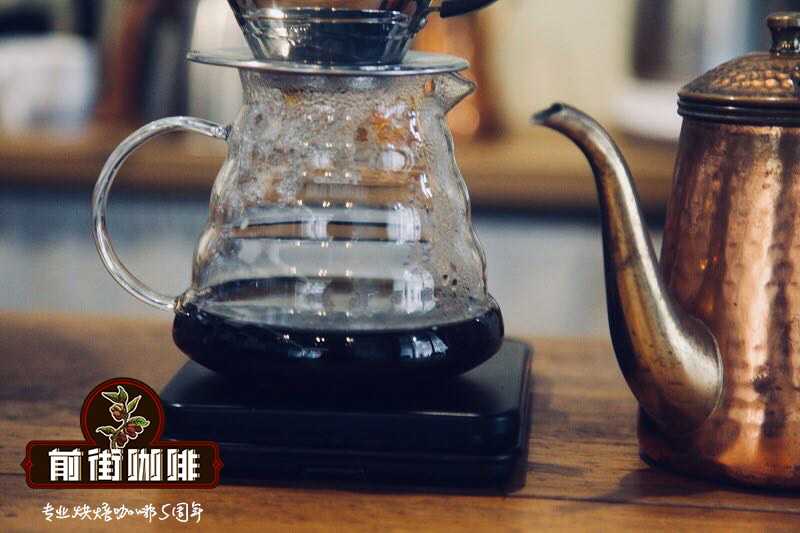
Professional coffee knowledge exchange More coffee bean information Please pay attention to coffee workshop (Weixin Official Accounts cafe_style)
Why honey?
There are three main types of coffee treatment: sun, water, honey treatment. Sunlight method is to directly expose coffee cherries before removing the shell and pectin layer; washing method is to sift out coffee pulp before exposure and ferment to remove pectin layer; honey treatment method is between sunlight method and washing method: after sifting out coffee pulp, keep pectin layer directly and expose to sunlight.
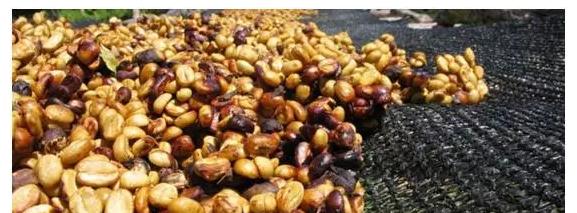
Then you ask where the honey is?
The term honey treatment leads many people to think that this treatment means treating coffee with honey or that this treatment makes coffee taste sweet, but in fact neither of these explanations. Honey treatment means that the pectin layer of coffee beans is very sticky before exposure, and the sticky feeling is like honey. When the coffee pulp is separated from the coffee beans, the pectin layer coated by the outside is exposed to the sun, absorbing moisture from the air and making the pectin layer sticky.
When coffee is sifted to remove pulp, a pectin layer remains on the outside of the coffee fruit. The following picture shows the appearance of raw beans without removing the inner shell from washing, white honey, yellow honey, red honey, black honey and sunlight.
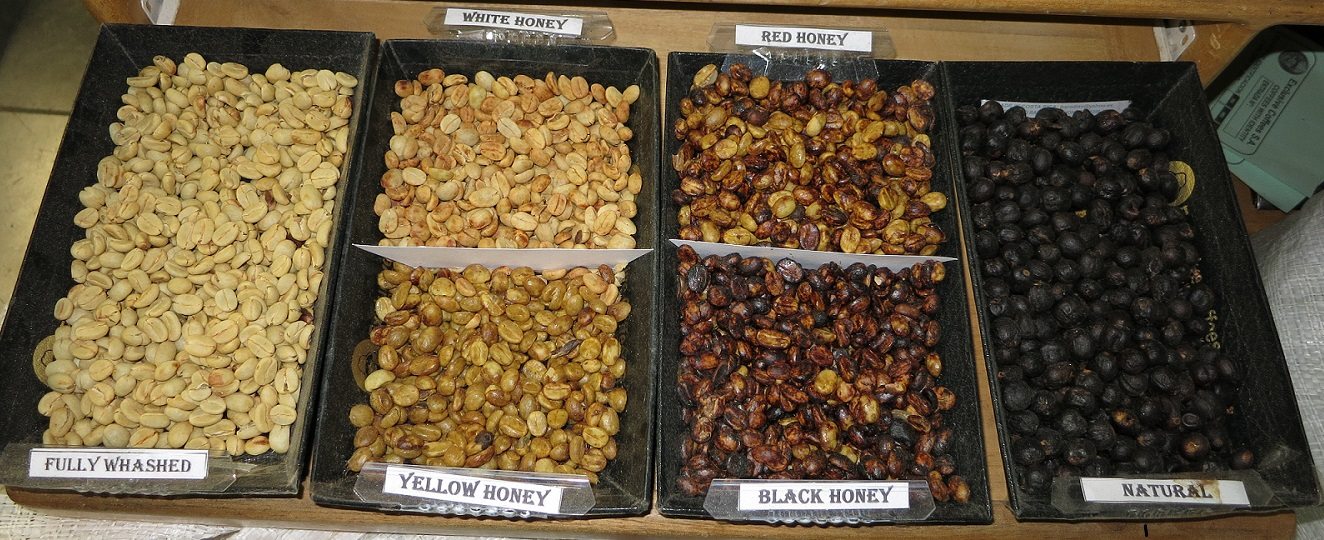
Why is honey processing popular with coffee farmers?
Honey processing started in Costa Rica when some people saw that this process could keep their coffee beans up, and it's now a process that's getting stronger.
So why did Costa Rican coffee farmers plan to treat coffee with honey in the first place? When coffee farmers want to increase the quality or price of their coffee, they have three options: change the species of coffee, change the elevation at which they grow it, or change the treatment. Just as most people brew coffee in a simpler way, adjusting the grind and powder levels before adjusting the water, pressure and temperature of the coffee machine, most coffee farmers want to change the treatment before they consider planting new trees or relocating their farms, which requires time and money.
The honey treatment method can be complicated, and the treatment takes a long time and must be handled carefully. What steps does honey processing involve?
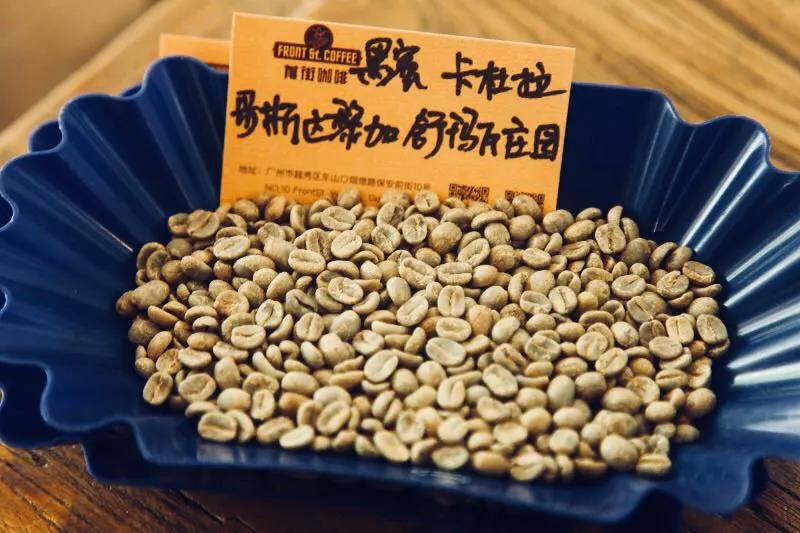
First, coffee farmers pick ripe cherries from coffee trees and sift them out of the outer pulp, as mentioned above, to retain the pectin layer around the beans. The pectin layer retains a high proportion of sugars and acids, which are key to honey processing.
The following steps are the most complex and delicate part of honey treatment: exposure. The time point must be well mastered, the length of time is the key, if the exposure time is too short, the pectin layer cannot be converted into coffee beans, and the time cannot be too long, the action must be fast to avoid internal fermentation of beans and moldy beans.
So how do we strike a balance? Put the beans on a sun rack or concrete floor and turn them several times per hour for the first few days until they reach the desired moisture content, a step that usually takes 6-10 hours. After 6-8 days, turn at least once a day. Time consuming, huh? The reason why the honey-treated sun is so time-consuming is that each night the beans absorb moisture from the air, so that they need to spend more time in the sun the next day.
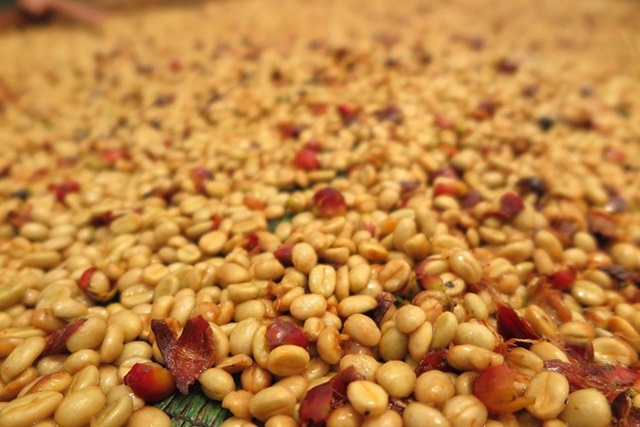
When the coffee is fully exposed, it is almost ready for drying and roasting, just like any other treatment.
Why is honey processing so good?
When honey processing is so difficult and time-consuming, you may wonder if it's really worth it.
It was definitely worth it.
Honey-treated coffee generally has a great balance of sweetness and acidity. The flavor is generally less intense than sun-cured coffee, but it is fresher and more mellow. Why not?
The key to this flavor difference comes from the sugars and acids in the pectin layer, which become more concentrated during exposure and penetrate into the beans.
Yellow honey, red honey, black honey treatment, where is the difference?
When you buy honey treated coffee, you usually have yellow honey, red honey, black honey these choices, you may also have heard of these honey treatments to retain the percentage of pectin layer, and what does this mean?
Coffee farmers will sort coffee, some will retain less pectin layer, which allows faster exposure, others will retain more pectin layer, which requires longer exposure. Yellow honey (approximately 25% pectin layer retained) must be carried out in an environment with minimal shade (clouds, shade trees) to achieve a yellow appearance in order to complete the process faster. Red honey (approximately 50% pectin layer retained) takes longer and requires some shade to expose. Black honey (approximately 100% pectin layer retained) is usually covered to prolong exposure.
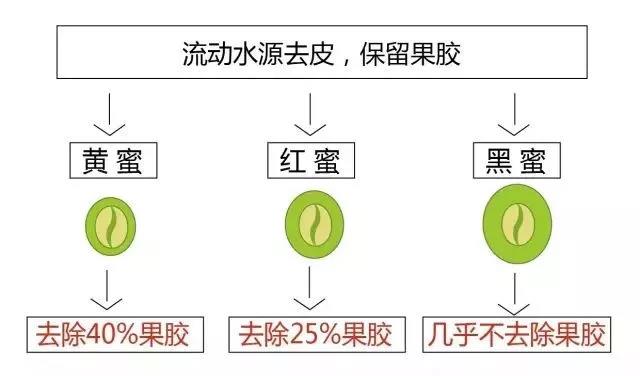
Yellow honey & red honey & black honey which is better?
Black honey may be better, honey processing flavor will bring more subtle and deep influence because of the residual sugar in pectin layer, the more pectin layer residue, the more intense flavor.
However, coffee producers must face another commercial consideration: although the benefits of black honey treatment are to produce better quality and better price coffee, the risks and costs are also greatly increased, which may affect farmers 'willingness to use black honey treatment. The longer coffee is exposed to the sun, the more bacteria will breed during fermentation, resulting in defective moldy beans. The beans need to be turned more frequently and take up to twice as much exposure space as yellow honey. Not just to make high-quality coffee, but also to make coffee farmers produce the best coffee.
Front Street Coffee Roaster: The key to honey treatment is consistency in taste and flavor
The challenge that bean bakers often face is how to blend the beans, or maintain the flavor of a particular recipe as much as possible, even though most crops cannot last longer than one season. This means understanding not only honey processing, but also other processing methods to help blend formula beans. Beans can be switched more accurately, new recipe beans created, and flavor options filled in when replacing beans narrowed.
However, there are many different variables that affect and change the final coffee based on the region, treatment, planting altitude, etc. Don't buy blindly because it is honey treated coffee. It may have great sweetness, acidity and fruity aftertaste, but it is not always the same.
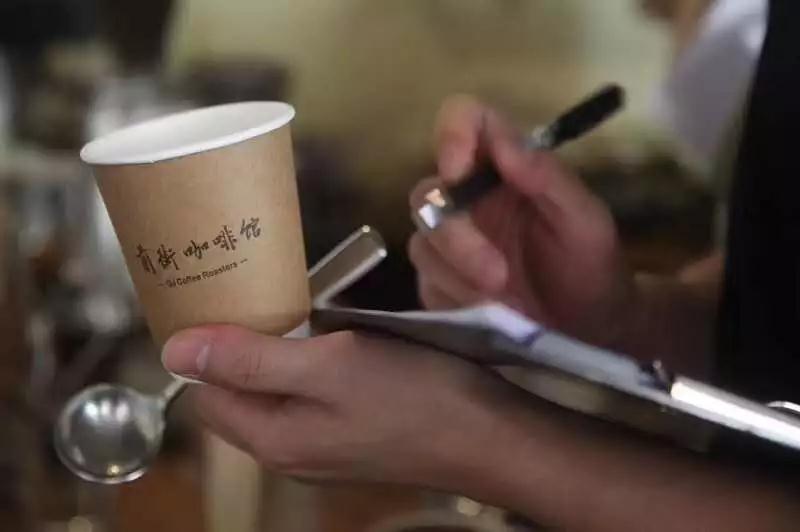
Barista: Knowledge of coffee is valuable
Baristas make coffee for everyone every day, and knowing how coffee is grown, processed, harvested, and roasted from the beginning can be a great help for baristas to make better coffee flavors that you have never tasted before. Each cup of coffee is unique. A coffee shop contains a rich chocolate and caramel flavor of the formula beans. Before blending, its single product may be a highly sweet and low sour sun Ethiopian coffee.
Analysis of Front Street Coffee Roasting
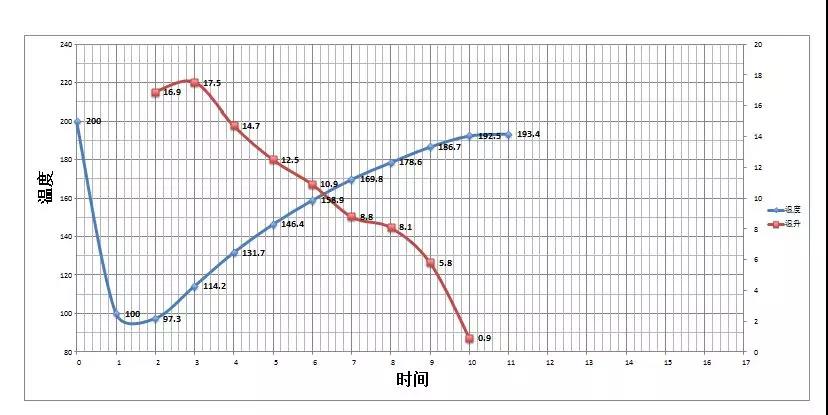
Yangjia 800N, raw beans cast 550g , specific operation:
the oven temperature is increased to 200 DEG C, the oven is put into the pot, the damper is opened for 3 minutes, after stewing for 1 minute, the fire power is adjusted to 160 DEG C, the damper is not changed, the oven temperature is adjusted to 160 DEG C once, the fire power is reduced to 135 DEG C, the baking temperature is 5 '40 DEG C, the bean surface turns yellow, the grass smell completely disappears, dehydration is completed, and the damper is not changed;
9 minutes, the bean surface appears ugly beard wrinkles and black stripes, toast flavor obviously changed to coffee aroma, can be defined as a prelude to explosion, this time to hear the sound of a burst point, to 9 '21 "to start a burst, turn down the fire to 80 degrees, throttle fully open 5 (adjust the fire to be very careful, not small to no explosion sound) 50 degrees, 193.4 degrees when the pot.
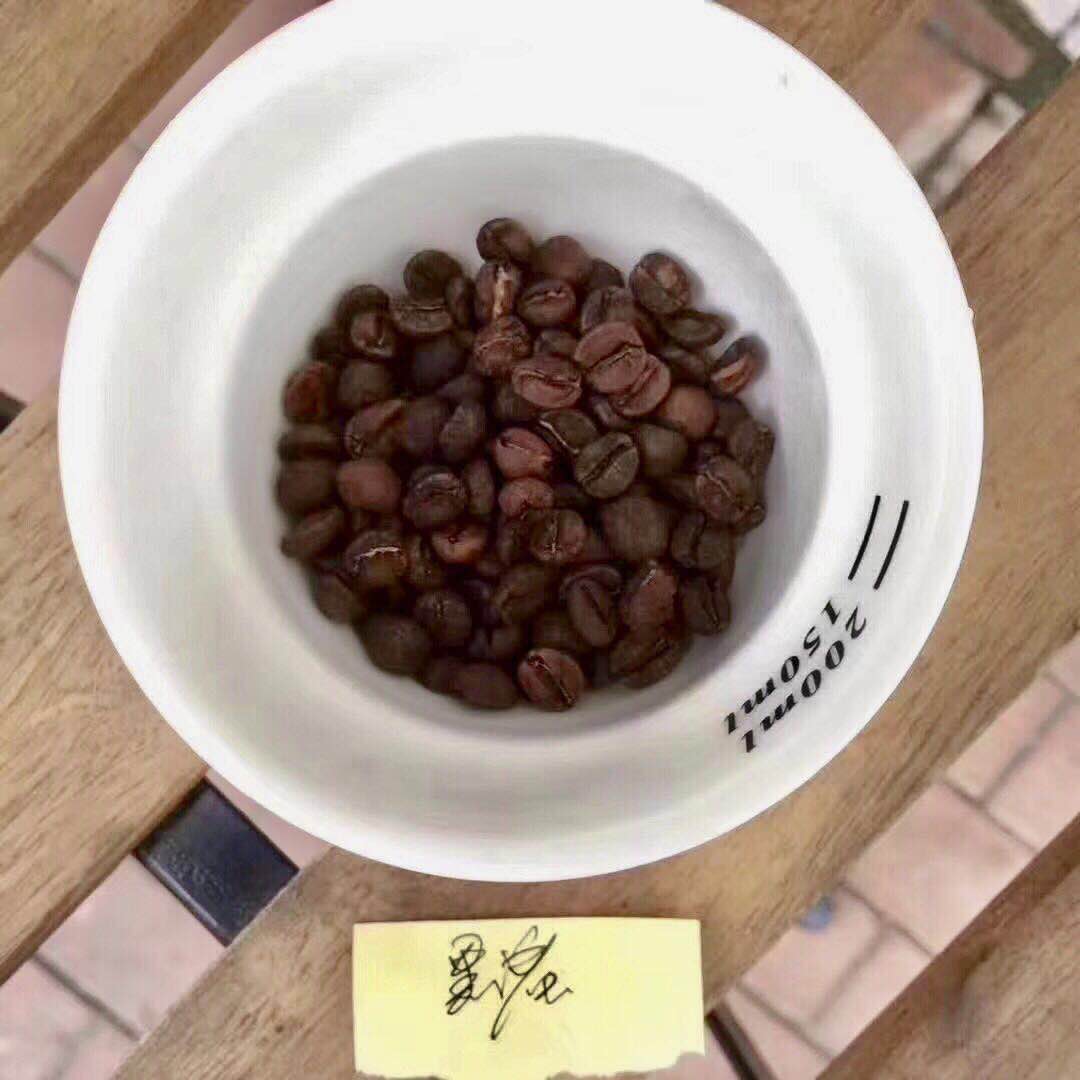
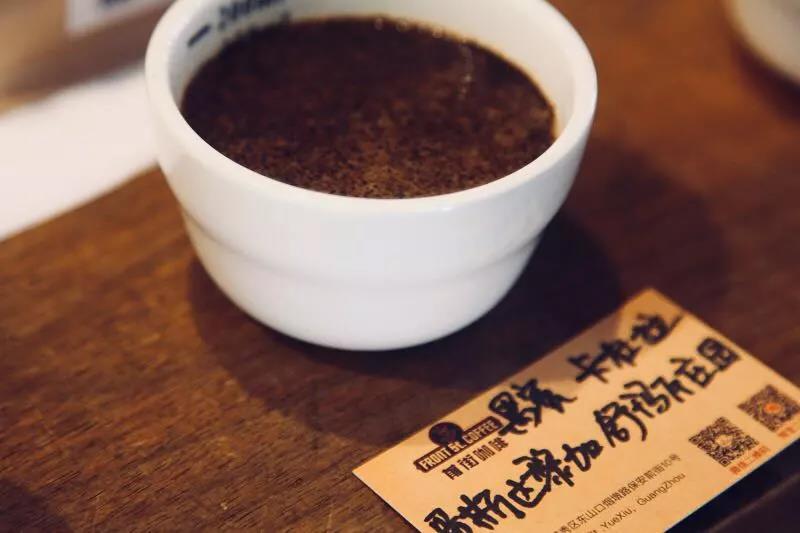
Front Street Coffee Cup Test
Flavor: Plum, honey, brown sugar, orange blossom, white chocolate
Palate: Good sweetness, soft acidity, round and full, lasting finish
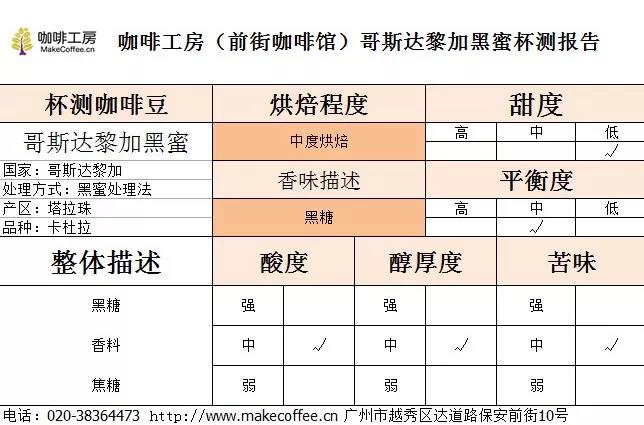
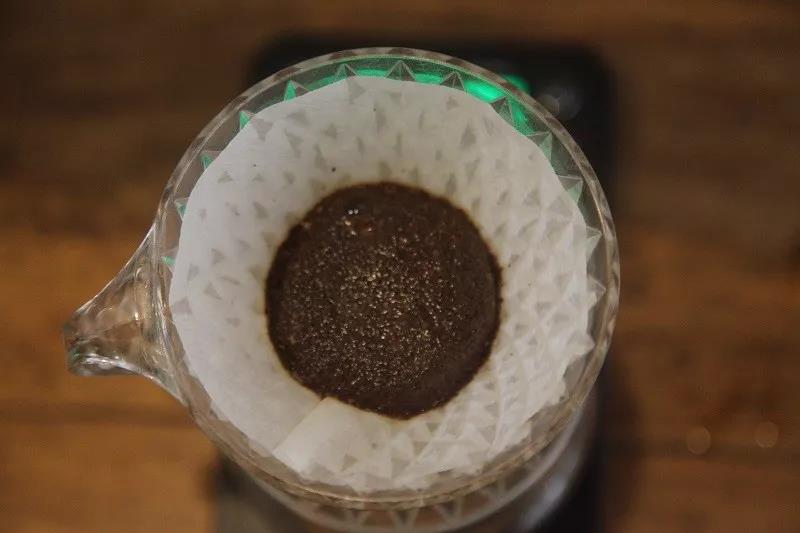
Front Street Coffee Hand Brewing Advice
With key home filter cup, 16 grams of powder 32 grams of water stewed for 30 seconds, 89-90 degrees water temperature extraction, 1:15, medium fine grinding small Fuji 3.5 second water injection to 110ml cut off water, wait for the water to drop and then slowly inject water, the speed is uniform, the water level should not be too high, re-inject water to 233ml stop, extraction time 2:15 seconds ~ rich sun sweet feeling, we can fine-tune according to their own taste.
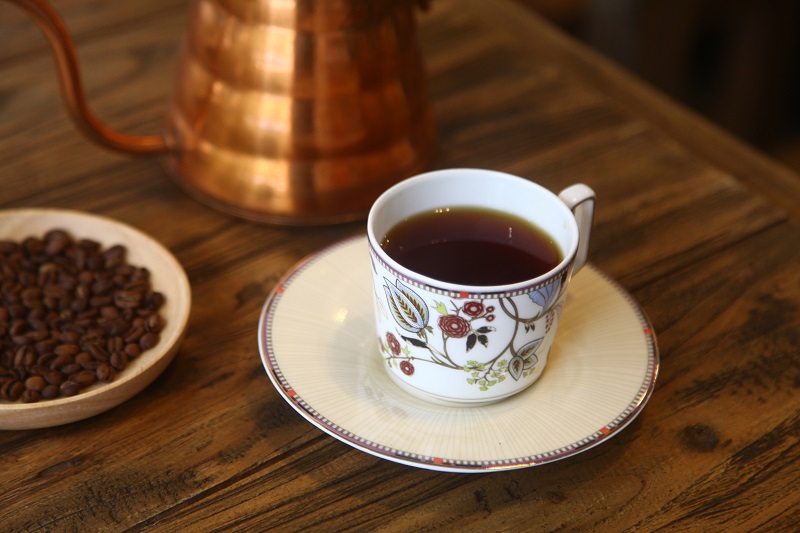
Important Notice :
前街咖啡 FrontStreet Coffee has moved to new addredd:
FrontStreet Coffee Address: 315,Donghua East Road,GuangZhou
Tel:020 38364473
- Prev
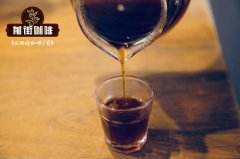
Six ways of coffee extraction introduce the extraction technology of coffee, grinding degree, brewing method.
Professional coffee knowledge exchange more coffee bean information please follow the coffee workshop (Wechat official account cafe_style) six ways of coffee extraction, hand-brewed coffee extraction, Italian coffee extraction and so on. Extraction plays the most important role in brewing a cup of coffee, whether it is hand-dripping filtration or Espress
- Next
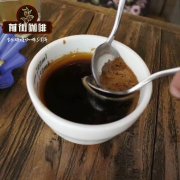
Coffee cup test standard
Professional coffee knowledge exchange more coffee bean information please follow the coffee workshop (Wechat official account cafe_style) the American Coffee Association (National Coffee Association) published the 2005 National Coffee Beverage Development trend report found that coffee consumers, 48% of coffee gluttons, feel the uniqueness of taste / flavor (taste; unique/ different
Related
- What is the meaning of lactic acid fermentation with coffee bean treatment?
- How to judge the state of foam by sound?
- How does the latte pull out the unicorn pattern? Come to get for a little trick to improve the flower pull!
- Will flower pulling affect the taste of the latte?
- Do you know the history of coffee?
- The difference between honey treatment and sun washing what is raisin honey treatment?
- What kind of milk can a novice use to make coffee foam to keep the foam longer? The correct method and skills of milking tutorial sharing
- Why do washed coffee beans taste sour? Flavor characteristics of washed Coffee
- Introduction to the skill of how to practice the size and height of water injection around the circle of hand-brewed coffee
- How do beginners practice coffee flower drawing from scratch?

